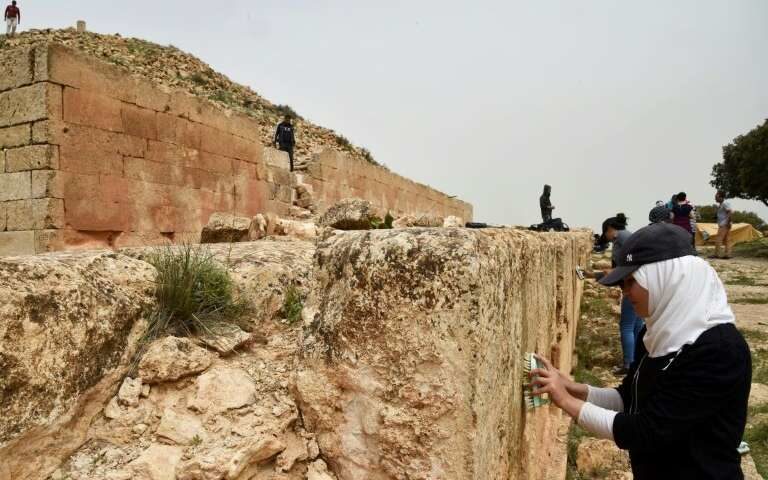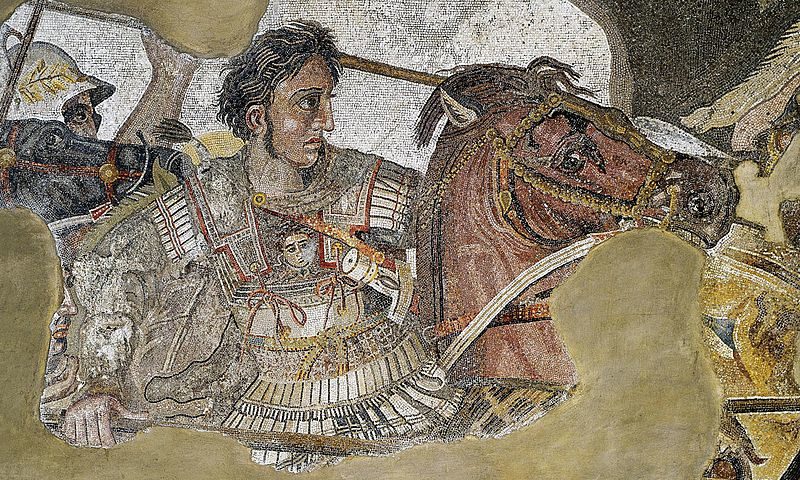OF THE
TIMES





Aristotle considered Gaul to be the "teacher" of Greece and the Druids to be the "inventors of philosophy." The Greeks also considered the Druids to be the world's greatest scholars, and whose mathematical knowledge was the source of Pythagoras' information.See also:
What we can discern from Wilken's work is that there was an ancient and noble civilization associated with the European Megaliths that no longer exists and even its high knowledge and nuanced philosophy has been forgotten - except for the clues left in the Iliad and Odyssey.
[...]
It is a fact that the Earth is literally blanketed with megaliths from some ancient civilization. Tens of thousands of them! There are variations in placement and style, but the thing they all have in common is their incredible size and their undeniable antiquity. It is now understood by the experts that the megalithic structures demanded complex architectural planning, and they propose that it was the labor of tens of thousands of men working for centuries. The interesting thing about the megalith builders is that the peoples who were able to perform these utterly amazing feats of engineering are still, in most circles, considered to be barbarians because they did not build cities, engage in agriculture, develop the wheel, or writing. Yet, they did something that clearly cannot be, and was not, done by "civilized" peoples who did all of those "civilized" things. They had some sort of "power" that we cannot replicate and do not understand. We also note that another of the famous megalithic arrangements is called "Carnac," suggesting that Karnak in what we now call Egypt is but an echo of an ancient reality, a name transferred by peoples on the move from their ancient homes following a catastrophe, perhaps a terrible war such as that recorded of Troy.
This is about as much of an artifact as the Spice Girls.
A stone circle in Scotland - which sparked a rush of interest last year when it was said to be thousands of years old - has turned out to have actually been built sometime in the 1990s, Scottish officials said on Monday.
The "recumbent stone circle" found on a farm in the Northeast section of the country was celebrated by a local archaeology service as an authentic discovery last November.
The researchers noted unusual features in the circle's construction after they studied it, including its small diameter and relatively small stones.
But a former owner of the farm contacted the archaeologists and said he had organized the stones as a replica some 20 years ago.
"It is obviously disappointing to learn of this development," said Neil Ackerman, historic environment record assistant at Aberdeenshire Council.
"These types of monument are notoriously difficult to date," he added. "For this reason we include any modern replicas of ancient monuments in our records in case they are later misidentified."
Comment: See also: Inquiry: Who or what brought down Dag Hammarskjöld